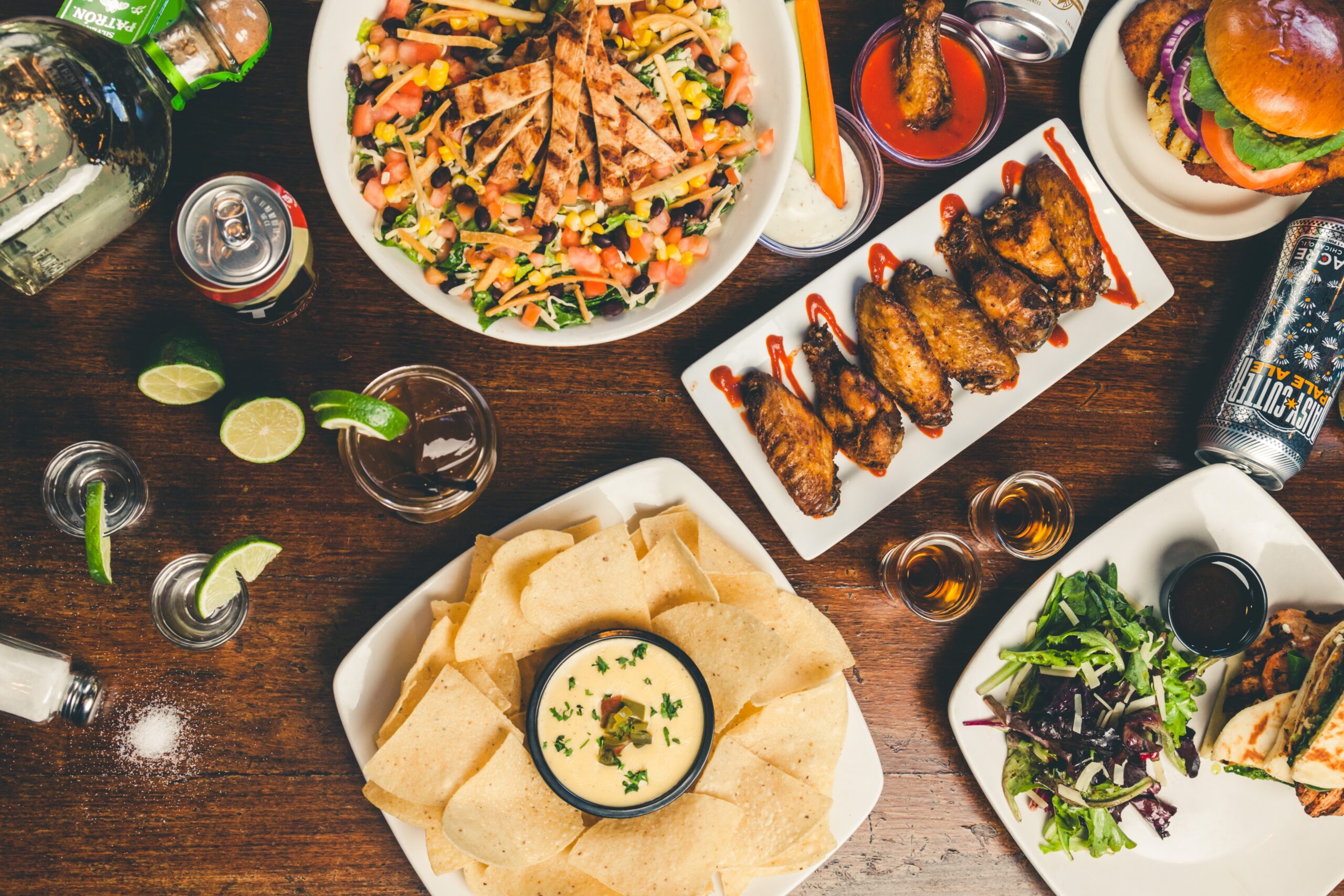They expect to be paid back with interest and generally require collateral (such as property) in case your business defaults on the loan. If you can find someone willing to do this type of lending, and if all else fails, then this may be worth considering. However, small business owners need to exhaust other options first before seeking out private loans as they tend not only to be expensive but difficult for borrowers because they lack flexibility compared with other forms of financing, such as SBA loans which offer more favorable terms including lower rates and more extended repayment periods.
6 WAYS TO FINANCE A START-UP SMALL BUSINESS
Introduction
There are many ways to get funding for your small business or franchise. Here are jut a few suggestions to get you started.
Friends And Family
Friends and family are usually the first ones to help you when needed. If they’re willing to provide financing, ensure they understand what they’re getting into: don’t ask them for a gift; instead, offer them an investment opportunity. Then, ask them for a loan and use promissory notes (a written promise from one person to another) or other legal documents to prove your commitment. The important thing is that you have a good relationship with the people lending you money–and vice versa! Make sure that everyone knows precisely how much money is being lent and when it should be paid back by; this way, there can be no confusion about whether or not payments have been made on time or if interest rates apply in certain situations (like if someone takes out an additional loan).
Your Credit Cards
You can use your credit cards to finance a business if you pay off the balance every month. However, there are two reasons why this isn’t a good idea:
• Credit card interest rates are high. Putting $1,000 on a credit card with an 18% APR will cost $180 in interest over one year–even if you don’t charge any! If you have no other financing options and need $10,000 to start your business, this method would cost $20 per month (assuming a 20% interest rate).
• The second reason is that it’s easy to get carried away when using credit cards for personal expenses and then forget about them as soon as they’re paid off, leaving plenty of room for overspending in future months when unexpected expenses pop up.
Venture Capital (VC)
Venture capital (VC) is a riskier and longer-term investment. It’s only for some businesses or investors, but it can be the right choice if your company has a high growth potential and you have an experienced team behind it. VC investors look to partner with entrepreneurs who are passionate about what they do and dedicated to building their companies into market leaders over time. They expect that the companies they invest in will take more than one round of funding before reaching profitability–and sometimes even after becoming profitable! As a result, VCs typically provide capital infusions in increments instead of larger sums all at once. This allows them to monitor how well each growth stage is going before deciding whether or not additional funds should be provided (and how much).
Private Equity
Private equity is a form of financing where an investor buys a portion of your business. It’s similar to taking out a loan from the bank, except instead of paying it back over time, you pay your private equity investor every year with interest (the same way you would with any other type of loan). Private equity can be used to buy any company or franchise–including yours! If someone wants to invest in your franchise, they might want 50% or even 75% ownership to have complete control over all decisions made within the company.
Small Business Loans
A small business loan is another way to get funding for your startup. The interest rate on these loans is lower than personal loans, but you may need to put up collateral and provide financial statements and tax returns. You can get a small business loan from your bank, credit union, or online lender. Companies such as Guidant Financial and FranFund are reliable sources for assistance with small business loans under various SBA programs
Private Lenders
Private lenders are a good option if you’re looking for funding but want to avoid applying for a bank loan or grant. Private lenders are individuals or companies that lend money to businesses. They expect to be paid back with interest and generally require collateral (such as property) in case your business defaults on the loan. If you can find someone willing to do this type of lending, and if all else fails, then this may be worth considering. However, small business owners need to exhaust other options first before seeking out private loans as they tend not only to be expensive but difficult for borrowers because they lack flexibility compared with other forms of financing, such as SBA loans which offer more favorable terms including lower rates and more extended repayment periods.
Conclusion
There are many ways to get funding for your small business or franchise. The best method depends on what you seek, but all have benefits and drawbacks. It’s essential to consider which option is right for you and your business before making any decisions. We hope this article has provided helpful information on how to fund your small business or franchise. However, if you still need clarification, we recommend contacting Franchise Growth Solutions www.frangrow.com or a financial advisor who can help you make the right decision.













